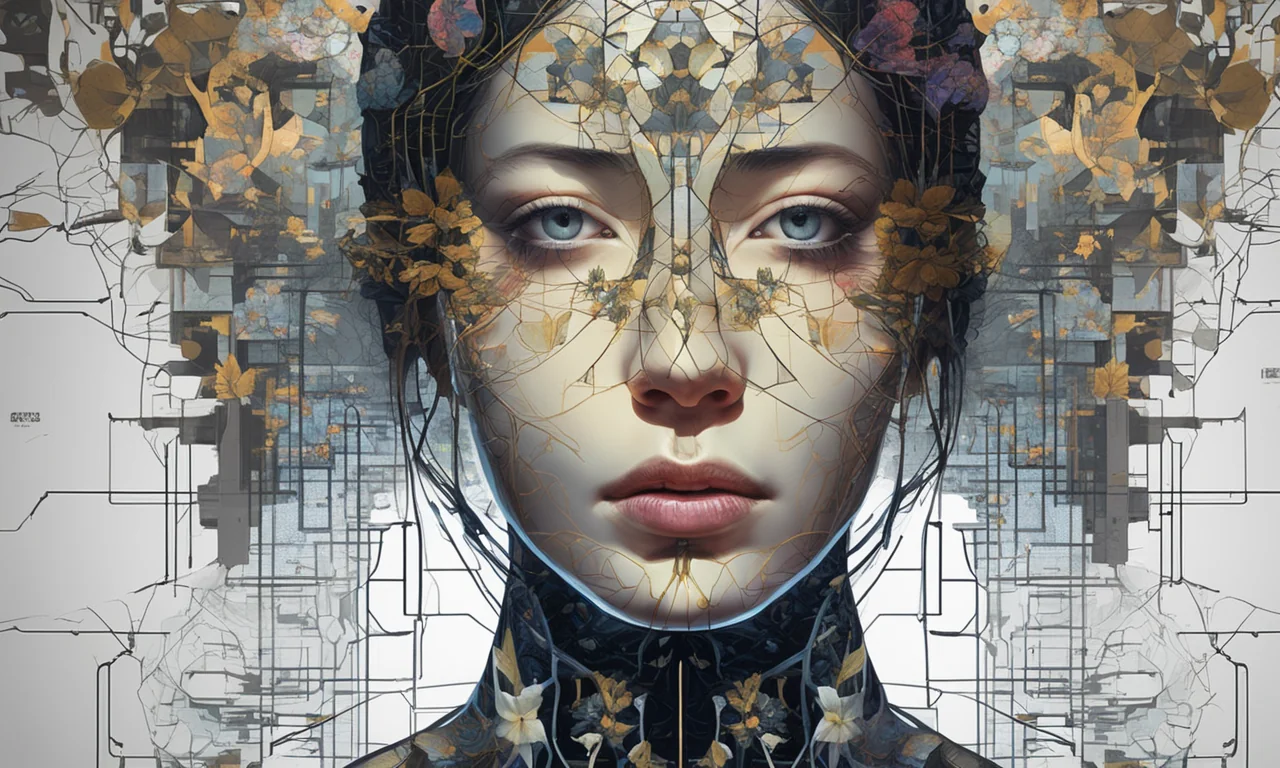
AI Regulation Intensifies as Detection Tools Achieve 100% Accuracy
The surge in humanizing AI and regulatory scrutiny is reshaping work, education, and creative industries.
Today's discussions on Bluesky around artificial intelligence (#artificialintelligence, #ai) reveal three driving themes: the evolving relationship between AI and the future of work, mounting regulatory and economic pressures, and rapid advances in humanizing AI and detection technologies. These conversations underscore a collective reckoning with both the promise and the volatility inherent to AI's transformative role across industries, education, and creative design.
AI and the Future of Human Collaboration
Bluesky participants are actively reimagining how AI can reshape work and learning environments. The concept of “flash teams,” as explored in a recent seminar at Stanford, proposes on-demand expert collaboration facilitated by AI and digital networks. This model points toward a more agile and global workforce, emphasizing remote cooperation and specialized expertise. Meanwhile, the impact of AI on education is questioned through the lens of AI-driven learning environments, which challenge the boundaries of traditional schooling and highlight the importance of human interaction.
"There's a lot of supposes in there, and no data at all. Plus they have real human teachers, which isn't mentioned in there, who engage one on one with them for at least 30 minutes. Which means each teacher has only 4 students at a time, rather than 30. Anyone would learn in such a setting."- @carolannie.bsky.social (5 points)
In creative and design fields, the evolution continues as generative AI tools for UI/UX specialization are redefining how designers approach user-centric solutions. These advances position professionals as “AI-augmented strategists,” blending intelligent systems with human creativity and empathy. The conversation extends to artistic exploration, with posts like AI-driven art experiences encouraging the infusion of human joy into algorithmic processes.
Governance, Risk, and the Economic Bubble
As AI's influence grows, so does scrutiny over its risks and regulatory needs. California's landmark legislation, highlighted in the CPH Daily Bulletin, introduces mandatory disclosure for AI-generated content and establishes oversight to safeguard against misinformation and bias. This regulatory momentum reflects global anxieties about unchecked AI, a sentiment echoed in the tech sector with recent debate over Nintendo's generative AI lobbying activities in Japan.
"...The most important thing [about #AI] is the investor story and the ensuing mania that has teed up an economic catastrophe...."- @drphd2k7.bsky.social (2 points)
This economic tension is further articulated by Cory Doctorow's forecast of an imminent AI bubble collapse, as cited in a critical post on the digital economy. The community also weighs in on the growing need for transparency and accountability in AI deployment, with standards like the CLAIM checklist for medical imaging AI receiving updates to align with best practices and scientific rigor.
Humanizing and Detecting AI
The drive to close the gap between artificial and authentic experiences is fueling new tools and philosophical debates. The rise of AI detectors such as Undetectable AI and Sapling, with reported 100% accuracy, reflects ongoing efforts to distinguish between human and machine-generated content. At the same time, creators are experimenting with ways to imbue AI systems with uniquely human attributes, as seen in posts advocating for joy and emotional resonance in AI outputs.
"Only when you learn to accept your own take on a woman, will you meet demons."- @babettefairfax.bsky.social (0 points)
These discussions highlight not just technological progress but also a growing philosophical inquiry into the nature of human-AI interaction. From leveraging detection technologies to challenging design paradigms and exploring the boundaries of AI-generated art, the community is actively shaping a future where artificial intelligence must reckon with both its technical limitations and its role in reflecting and amplifying the human experience.
Data reveals patterns across all communities. - Dr. Elena Rodriguez